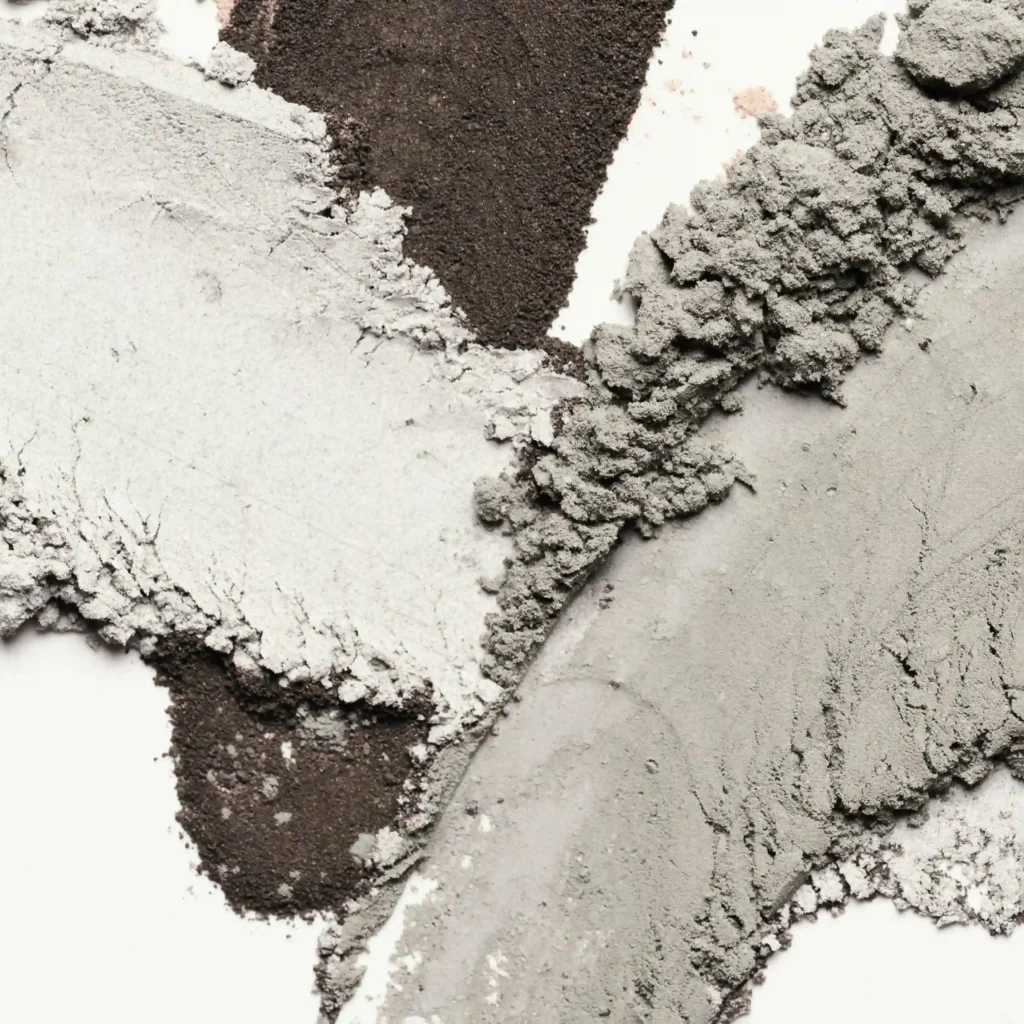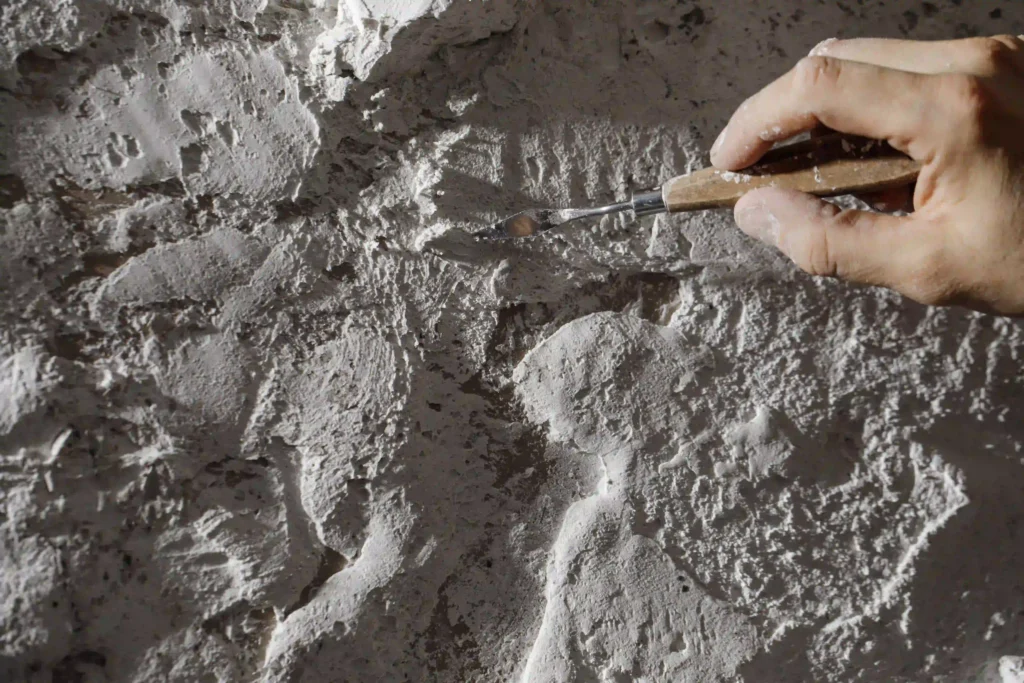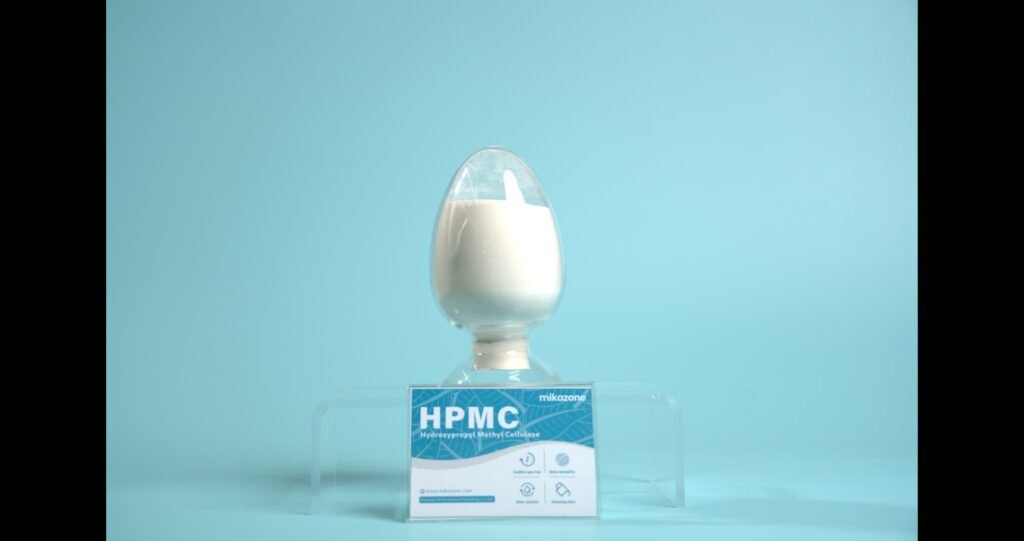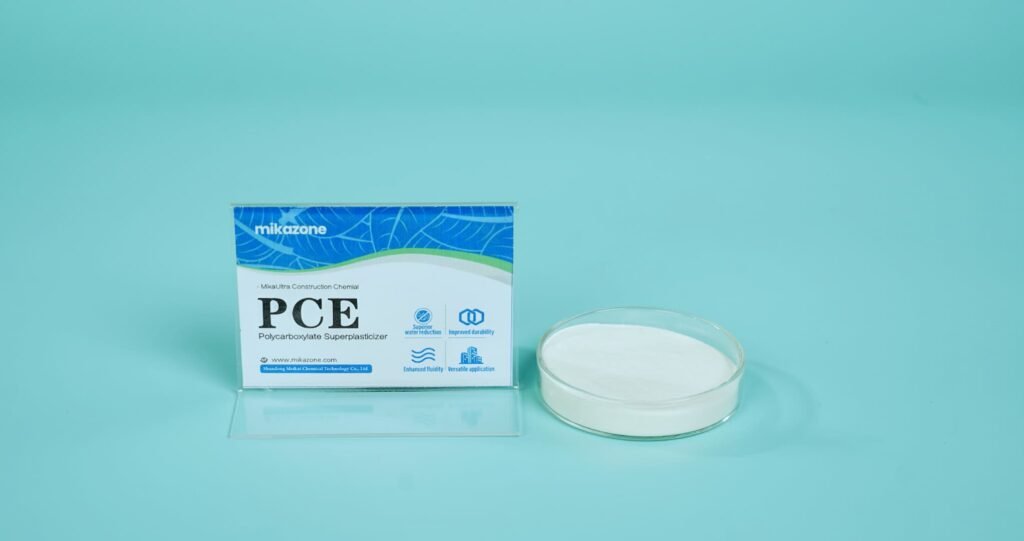
Achieving reliable mortar adhesion is fundamental to the durability, safety, and aesthetic integrity of any construction project, from tiling and rendering to masonry and repairs. Weak adhesion leads to failures like tile detachment, render cracking, spalling, and structural weaknesses, causing costly rework and reputational damage.
But why does mortar sometimes fail to stick? This article explains the root causes of poor adhesion and outlines proven methods to dramatically improve mortar bond strength.
What is Mortar?
Mortar is a workable paste composed of a binder (typically cement or lime), fine aggregates (usually sand), and water. Its primary function is to bond building materials like bricks, blocks, stones, or tiles together and to a substrate, filling gaps and distributing loads evenly.
The quality of the bond formed between the mortar and the substrate or unit is called adhesion – the critical property determining the mortar’s long-term performance and resistance to failure.

The Significance of Strong Mortar Adhesion
- Structural Integrity: Ensures masonry walls, renders, and adhered cladding systems transfer loads effectively and resist wind or seismic forces.
- Durability: Prevents water ingress through cracks or gaps in the bond line, which can cause freeze-thaw damage, corrosion of embedded metals, and efflorescence.
- Safety: Prevents hazardous failures like falling tiles or delaminating facade elements.
- Aesthetics: Eliminates unsightly cracks, hollow sounds, and detachment that compromise the finished appearance.
Why is Mortar Not Sticking?
Poor Substrate Preparation: Dust, dirt, grease, oil, laitance, loose particles, or smooth, impervious surfaces prevent mechanical interlock and chemical bonding.
Excessive Substrate Absorption: Highly porous substrates rapidly suck water out of the mortar (“suction”), preventing proper cement hydration and polymer film formation at the critical interface.
Incorrect Mortar Formulation: Insufficient cement, poor sand grading, excessive water content, or lack of key performance additives.
Rapid Drying: Exposure to sun, wind, or low humidity causes the mortar to dry too quickly before hydration is complete or the polymer film forms.
Improper Application: Inadequate compaction, insufficient bed thickness, or failure to achieve full contact with the substrate profile.
Incompatible Materials: Using a stiff mortar on a flexible substrate, or vice-versa.
Improper Curing: Neglecting to protect the mortar from premature drying.
Lack of Polymer Modification: Unmodified mortars rely solely on cementitious bonds, which are brittle and less effective on challenging substrates.
Ways to Improve Mortar Adhesion
1. Meticulous Surface Preparation
- Clean: Remove all contaminants (dust, oil, grease, laitance, loose material) mechanically or chemically.
- Profile: Ensure adequate surface roughness (mechanical abrasion like sandblasting or grinding) for mechanical keying, especially on smooth substrates.
- Moisture Control: Pre-wet highly absorbent substrates (damp, not wet) to control suction. Ensure non-absorbent substrates are dry.
2. Optimize the Mortar Mix Design
- Use Adequate, High-Quality Cement: Ensure sufficient binder content.
- Select Well-Graded, Clean Sand: Sharp sand with good particle size distribution minimizes voids and improves strength.
- Control Water Rigorously: Use the minimum water required for workability and full hydration. Excess water is the enemy of strength and adhesion.
3. Incorporate Advanced Additives

Hydroxypropyl Methyl Cellulose (HPMC)
Mechanism: Significantly improves water retention.
Effect on Adhesion:
- Full hydration of cement particles for optimal strength development at the bond interface.
- Extended open time/workability, allowing the mortar to remain plastic and “sticky” long enough to form a good bond.
- Formation of a thin polymer film that enhances cohesive strength and tackiness.
3.2 Redispersible Polymer Powder (RDP):
Mechanism: Forms a continuous, flexible polymer film throughout the mortar matrix upon curing.
Effect on Adhesion:
- Acts as a “bridge”, physically bonding to both the mortar matrix and the substrate surface.
- Significantly increases cohesive strength and flexibility of the mortar itself.
- Improves resistance to stresses (shrinkage, thermal, impact) that could break the bond.
- Enhances adhesion to difficult substrates (low absorbency, smooth surfaces).

3.3 Polycarboxylate Superplasticizer (PCE):

Mechanism: Powerful dispersant that deflocculates cement particles.
Effect on Adhesion:
- Allows large water reduction while maintaining workability, leading to a much denser, stronger, and less porous mortar matrix.
- This denser matrix has inherently better cohesive strength and bonds more effectively to the substrate.
- Improved particle packing minimizes weak points and shrinkage cracks at the interface.
4. Employ Correct Application Techniques
Apply Mortar to Both Surfaces: Workers should apply mortar both to the substrate surface and to the back of the tile or brick. This technique ensures maximum contact area for adhesion.
Compact the Mortar Adequately: Workers must press or tamp the mortar firmly into the profile of the substrate. This action eliminates air voids and embeds the mortar into the substrate texture.
Maintain Consistent Bed Thickness: Applicators should strictly follow recommended application guidelines. They must distinguish between thin-bed and thick-bed mortar requirements and apply the mortar accordingly.
Use a Keying-in Technique for Renders: Applicators should first apply a thin scratch coat to the substrate. This initial coat provides a mechanical key for the subsequent render layers.
5. Implement Proper Curing
Protect the mortar from rapid drying (sun, wind, low humidity) for 3-7 days using damp coverings, plastic sheeting, or curing compounds. This is vital for hydration and polymer film formation.
Conclusion: Building Unbreakable Bonds
Achieving exceptional mortar adhesion demands a comprehensive strategy: impeccable surface preparation, optimized mix design, precise water control, correct application, and diligent curing. While all these elements are crucial, incorporating high-performance additives is the single most effective way to radically enhance bond strength and overall mortar performance.
Mikazone is your trusted partner in this endeavor. We manufacture premium Hydroxypropyl Methyl Cellulose (HPMC), Redispersible Polymer Powders (RPP), and Polycarboxylate Superplasticizer specifically engineered to deliver unmatched adhesion, flexibility, and durability in mortars. Our technical experts don’t just supply high-quality additives; we offer customized formulation support to help you develop the optimal mortar solution for your specific application and performance requirements.
